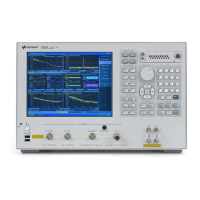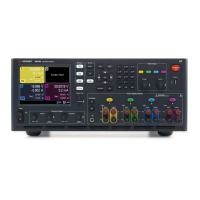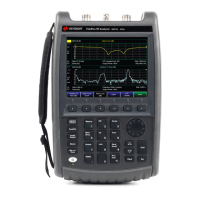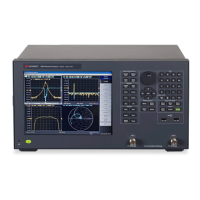Self-Test Procedures
Power-On Self-Test
Each time the instrument is powered on, it performs a self-test on its real-time clock, keyboard processor,
power controller, measurement processor, calibration memory, FPGA, ADC, gain and offset circuitry, and
voltage references. This self-test is equivalent to the *TST? SCPI query, and you do not need to remove
inputs to the instrument to run the test.
Full Self-Test
A complete self-test (TEST:ALL?) takes approximately two seconds. This tests all of the items tested by the
power-on self-test and includes further tests for gain, current source, and shunt circuitry.
When self-test completes, either "Self-test Passed" or "Self-test Failed" appears on front panel.
Execute the complete self-test before performing any verification or calibration procedures.
You must remove all input connections to the instrument before running the full self-test.
Remote I/O Execution
1.
Connect to the instrument using the remote interface (Remote Interface Configuration).
2.
Send *TST? or TEST:ALL? and read the result: pass (+0) or fail (+1). Use SYSTem:ERRor? to view errors.
See the list of self-test errors for details.
Front Panel Execution
1. Press [Shift] > [Utility] > Test/Admin > Self Test.
2. View any failures by pressing [Shift] > [Help] >View remote command error queue.
Service and Repair
486
Keysight Truevolt Series Operating and Service Guide
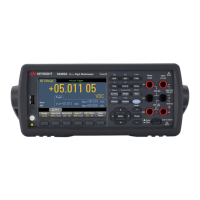
